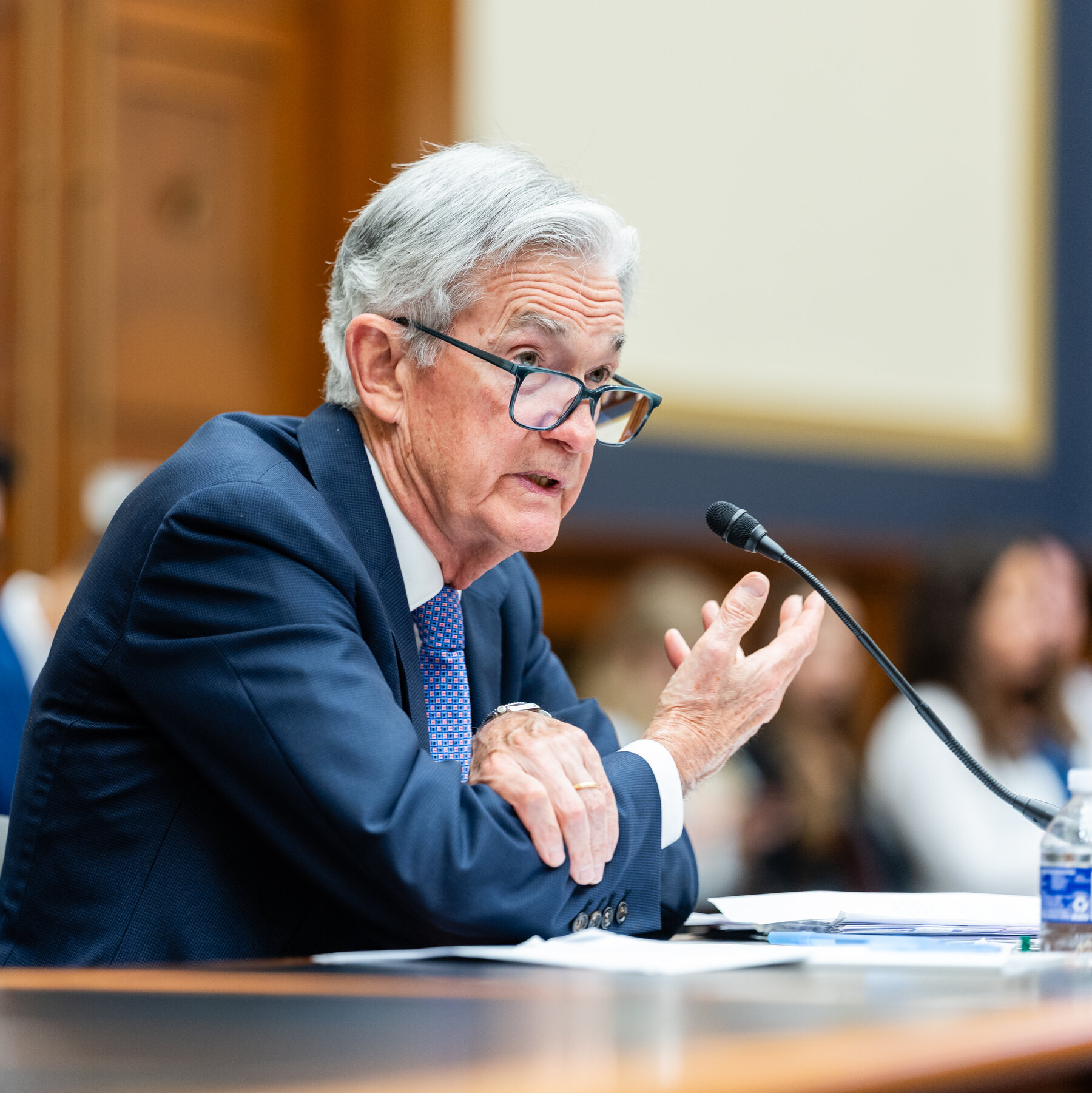Comcast has announced the launch of new everyday price plans, a move aimed at restoring customer trust through transparency and simplicity. The revamped Xfinity pricing structure promises no hidden fees, offering perks such as unlimited data and no contracts. This initiative is part of Comcast’s broader strategy to address customer dissatisfaction and enhance user experience.
The new plans, which include a one-year and a five-year version, offer four different connection speeds: 300 Mbps, 500 Mbps, 1 Gbps, and 2 Gbps. These plans come with a price guarantee and are designed to provide a seamless internet experience. According to Comcast’s Chief Operating Officer, Steve Croney, the company is committed to delivering reliable and secure WiFi that sets a new standard for connectivity.
Commitment to Transparency and Customer Satisfaction
Steve Croney emphasized the company’s dedication to transparency, stating, “We said we were going to go ‘all-in’ on a new pricing strategy and we are delivering with our 5-year price lock and our new everyday price plans. Now all our Xfinity Internet packages are built on simplicity and transparency – no hidden fees, no confusion – just the best, most reliable and secure WiFi that sets a new standard for the ultimate connected experience.”
The announcement comes as Comcast seeks to rebuild its reputation amidst past criticisms over complex billing and unexpected fees. By offering straightforward pricing and enhanced features, Comcast aims to differentiate itself in the competitive broadband market.
Features and Benefits of the New Plans
The Xfinity packages are designed to connect hundreds of devices within a single household while providing robust cybersecurity protection. Additionally, the redesigned Xfinity app allows parents to manage and control the content their children access, further enhancing user control and safety.
Both plans include a complimentary year of Xfinity Mobile, which leverages the WiFi PowerBoost technology to deliver exceptional speed and connectivity. The 5G network integration ensures that users can enjoy unparalleled mobile device performance.
Competitive Pricing and Options
The new pricing model is structured to offer competitive rates across various speed tiers. For instance, the 300 Mbps plan is priced at $40 per month for the one-year option and $55 for the five-year commitment. This speed tier supports multiple users simultaneously, making it ideal for households with moderate internet usage.
Subscribers can save up to $30 by choosing either of the new plans, as the everyday price for this connection speed is set at $70.
For more demanding users, the 500 Mbps plan costs $55 per month on the one-year plan and $70 on the five-year plan. This tier is well-suited for streaming 4K content and handling larger file downloads. Without a subscription, the daily rate for this speed is $85.
The 1 Gbps option is available at $70 monthly for the one-year plan and $85 for the five-year plan, with a daily rate of $100. Finally, the fastest offering, 2 Gbps, is priced at $100 for the one-year plan and $115 for the five-year plan, with a daily cost of $130. This speed tier is designed for ultra-fast streaming and heavy usage across multiple devices.
Implications for the Broadband Market
This development follows a broader industry trend toward simplified pricing and enhanced service offerings. As consumers demand more transparency and value from their internet service providers, Comcast’s move could set a precedent for competitors.
According to industry analysts, the success of Comcast’s new pricing strategy will depend on its ability to deliver on the promise of no hidden fees and consistent service quality. The company’s focus on customer satisfaction and technological innovation may help it regain market share and improve its standing with consumers.
Meanwhile, customers are advised to consider their specific needs and usage patterns when selecting a plan, ensuring they receive the best value for their internet service.
As Comcast rolls out these new plans, the company will be closely watched by both consumers and industry experts to see if it can effectively address past grievances and lead the way in customer-centric service offerings.
About The Author
 Cloudflare Unveils Bot Blocker to Protect Web Content in AI Era
Cloudflare Unveils Bot Blocker to Protect Web Content in AI Era Ethereum Eyes $10,000 as Little Pepe Token Gains Investor Interest
Ethereum Eyes $10,000 as Little Pepe Token Gains Investor Interest Powell Defends Fed’s Cautious Stance Amid Trump’s Rate Cut Pressure
Powell Defends Fed’s Cautious Stance Amid Trump’s Rate Cut Pressure MAGACOIN FINANCE: The Meme Coin Drawing Parallels to Bitcoin’s Early Days
MAGACOIN FINANCE: The Meme Coin Drawing Parallels to Bitcoin’s Early Days Elon Musk’s Financial Stakes at Risk Amid Renewed Trump Feud
Elon Musk’s Financial Stakes at Risk Amid Renewed Trump Feud